The Palouse in Monochrome
A journey into luminance and splendor….
By Ashwin Rao – See his Flickr HERE
Hi my fellow friends, I’m back with an article based on a series of pictures taken during Steve’s most recent workshop in the Palouse, which I assisted in coordinating. (Ashwin did more than assisting and it could not have been done without him! – Steve)
As you all are discovering from personal experience or from browsing through images of this beautiful place, the Palouse is truly a land of incredible and austere beauty. Filled are vistas of visions of a place lost to time. The Palouse is also known as a land known for its beautiful swaths of color. In the spring, landscapes are painted in blue, gold, and green, while in the fall harvest, it’s amber waves of grain through and through, and gold and blue dominate. In the winter, vast swaths of land gently blanked in snow. Needless to stay, it’s poetic stuff to even the visitor wielding the humblest point and shoot. It’s hard to take a bad picture in the Palouse.
As I embarked on my second trip to this wonderful place, I began to consider my recent foray into black and white photography and decided to challenge myself by taking in the scenery of the Palouse in black and white. Instead of being able to see in color, I decide to challenge myself to see in light and shadow, white and black….to take the journey in Monochrom…pardon….monochrome.
Along with me on the trip came 2 very capable cameras: The Leica M Monochrom and Pentax 645D. It was my goal to use the M Monochrom to frame my perspective. This being a camera that literally can only see in black and white, I was immediately forced to see in this manner. The other camera, one that I have written about before on this site, is the marvelous Pentax 645D, the bargain in medium format imaging and a camera that is destined to live on as a cult classic. While the Leica M Monochrom would allow me to shoot in my comfort zone, the Pentax 645D requires a more measured way of shooting, forces one to slow down, and allows one to reach far into the scenery to capture photographic vignettes via the wonderful tool of compressed landscape imagery.
As hsas been my way, I brought along with me several vintage lenses to use with the M Monochrom: The Leitz Super Angulon 21 mm f/3.4, The Leitz 8-element 35 mm f/2, The Leitz 50 mm f/2 Rigid Summicron, the Canon 100 mm f/2 LTM m, and the diminutive yet powerful Canon 135 mm f/3.5 LTM. I will write an article soon on the magical Canon LTM lenses at another time, but needless to say, I was well covered to capture images with the MM. With the Pentax came lenses including the 35 mm A, 75 mm FA, 120 mm FA, 150 mm FA, 200 mm FA, and 400 mm FA lenses…
I found the challenge of shooting this wonderful land in black and white to be an invigorating one. In general, focusing on black and white photography can recalibrate the photographer, and I really do feel that it has re-calibrated by way of seeing. While in the Palouse, I found that “seeing in black and white” really channeled a sense of nostalgia into my eyes that then seemed to invade my photography. In some ways, I found that the MM and 645D suddenly became a time machine, transporting my must into the 1930’s, allowing me to take in the vistas with a time worn eye…or so I felt as I photographed the region.
As I have mentioned many times before, using older lenses on the M Monochrom can be a true pleasure. Not only are most of these lenses far more affordable than their modern counterparts, but they often imbue a sense of charm in the way that they “paint” the scene.
In most instances, I shot the Palouse stopped down to f/5.6 to f/8 on the M Monochrom and even more so using the 645D, which was nearly always mounted to my tripod.
While the M Monochrom and 645D are incredible tools for black and white imaging, one can really use the approach to seeing in monochrome with any camera. All it takes is a frame of mind, shooting the camera in BW-JPEG (I don’t recommend this, but it is an easy way to go about it), or coming home and immediately converting your files to BW. That being said, I found that having the Leica M Monochrom gave me no other choice than to see the area in black and white.
I hope that you all enjoy the images. Steve and I plan to organize future trips to the Palouse, so if you find these images inspiring, please take a moment to consider visiting the Palouse in the future. It has a way of inspiring you, and I hope that these images bring you a piece of my own inspiration and spark that same inspiration in you.
All the best, and until next time….

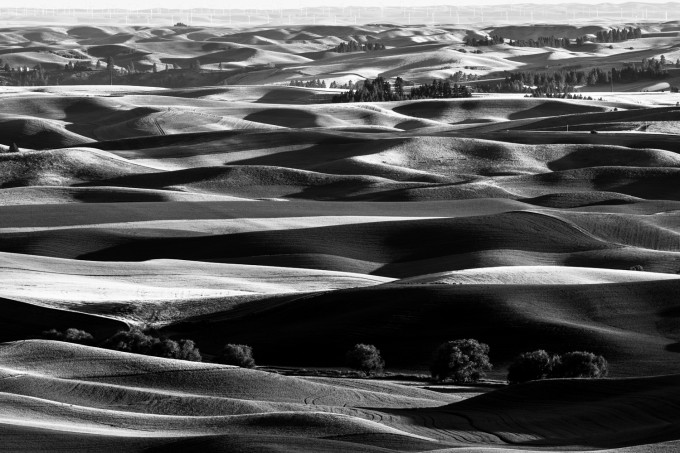
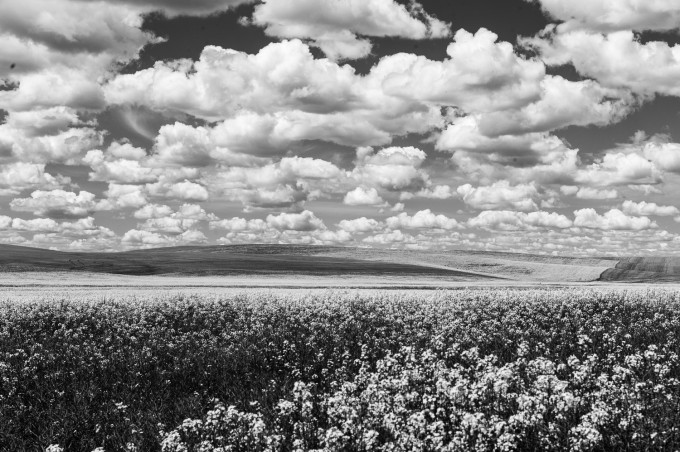
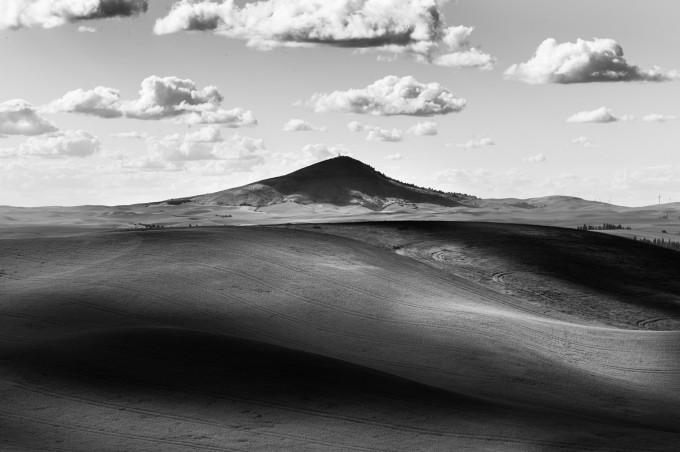
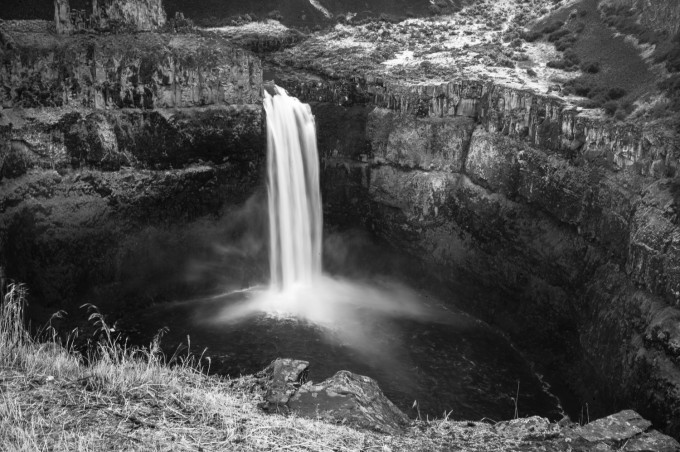
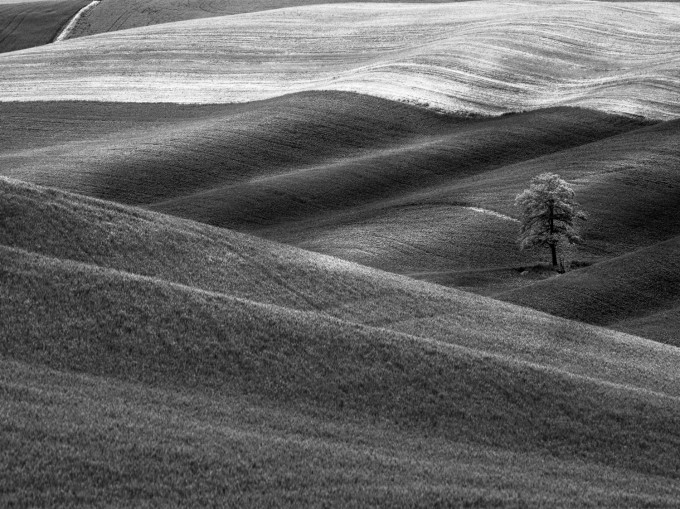
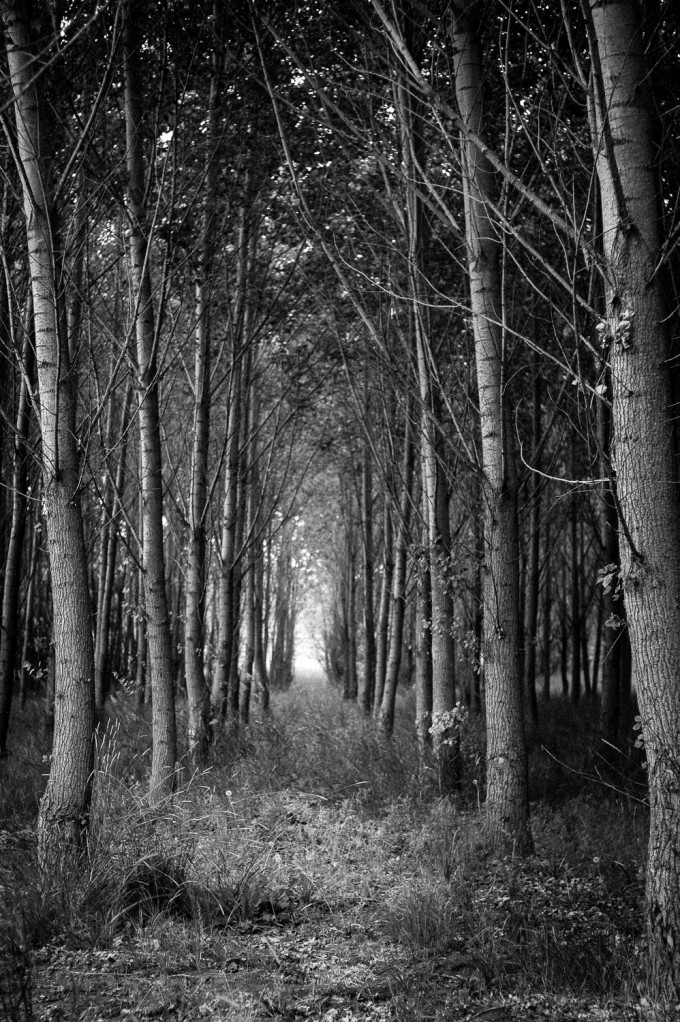
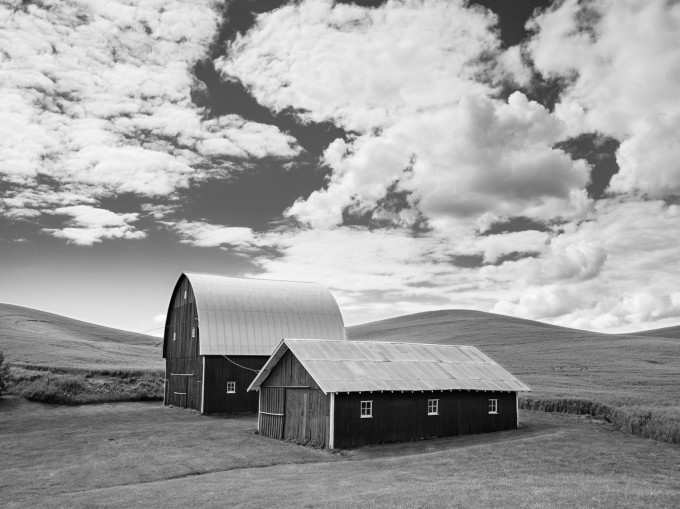
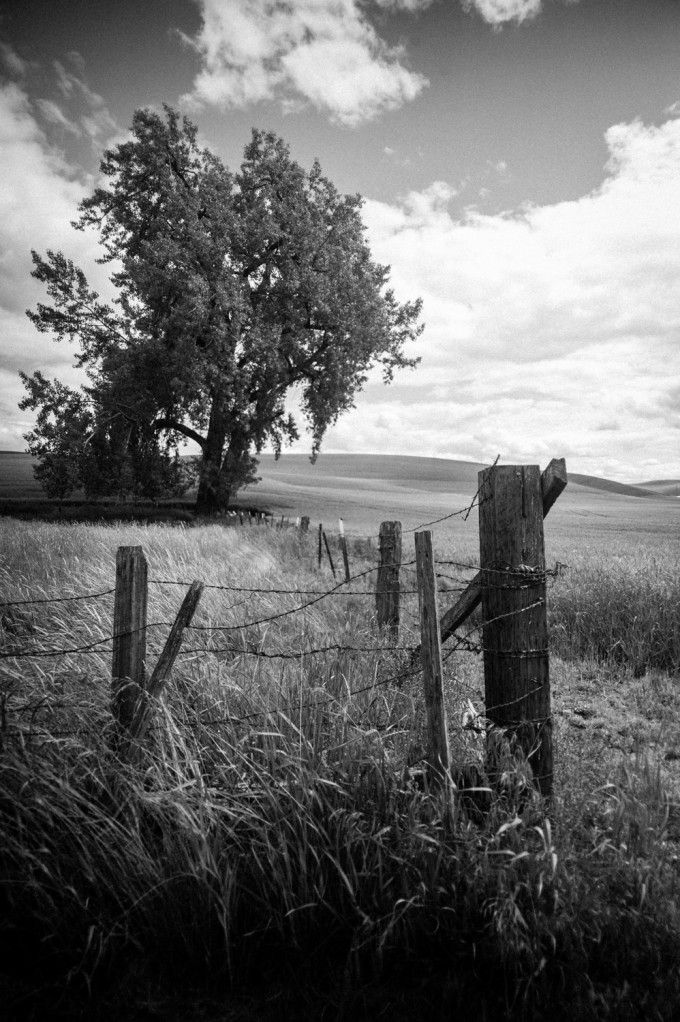
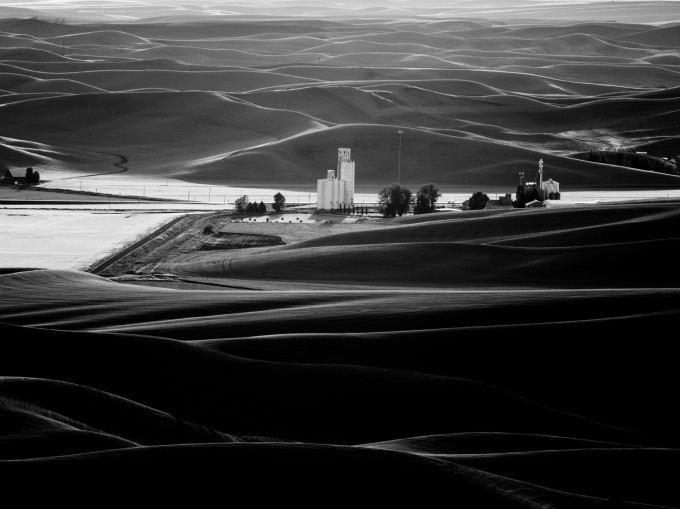
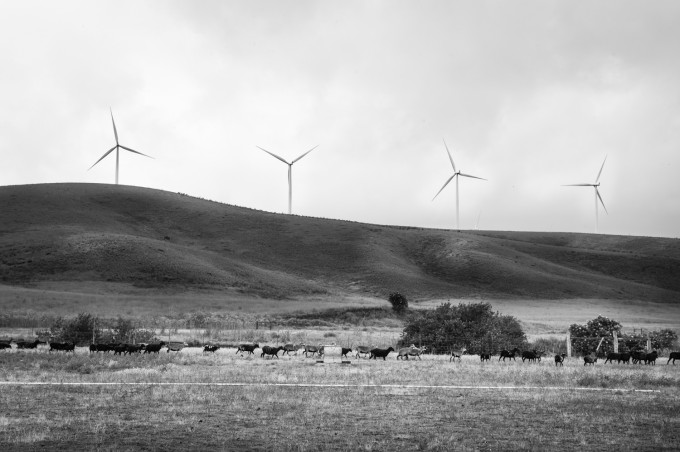
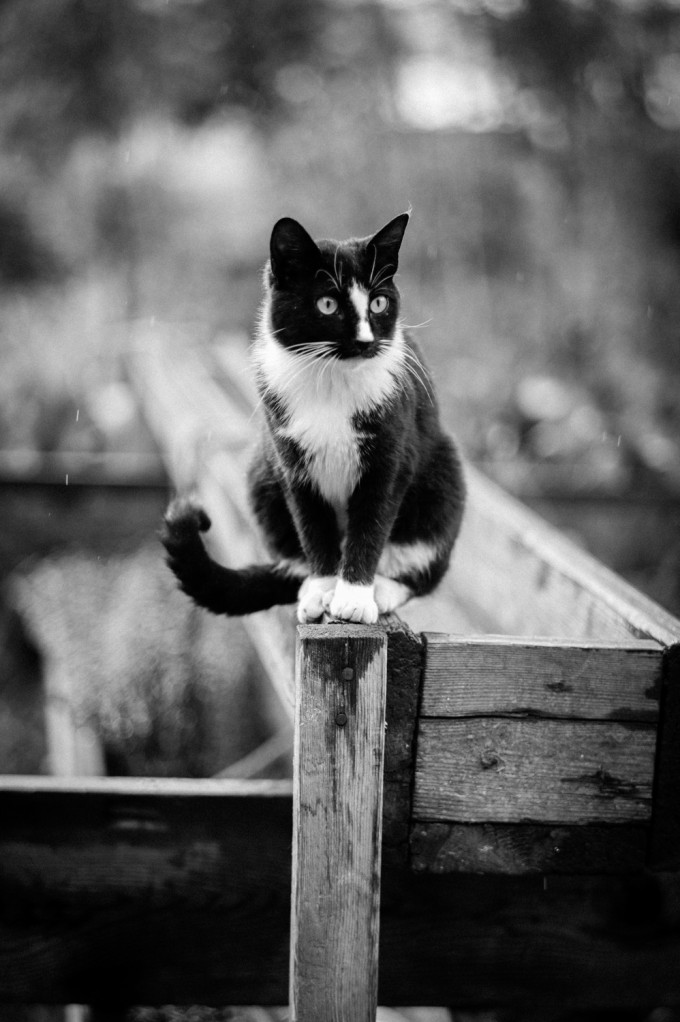
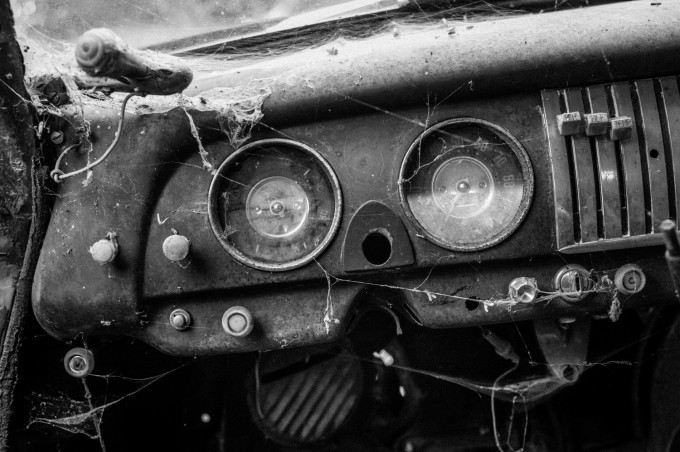
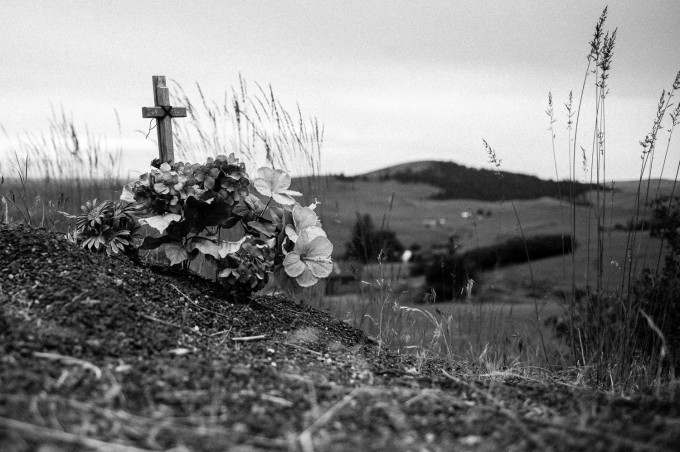
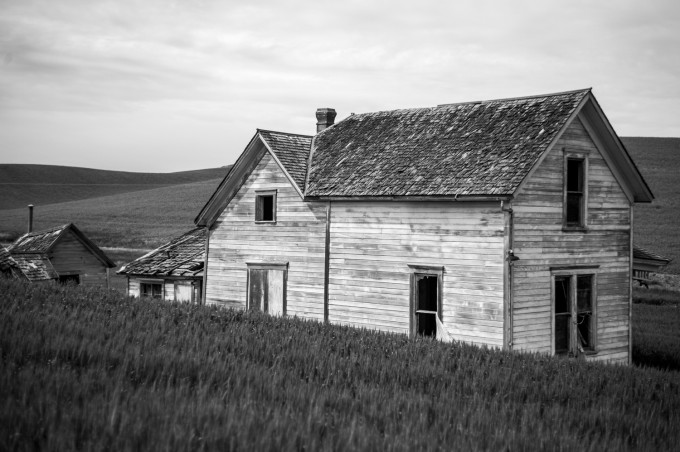
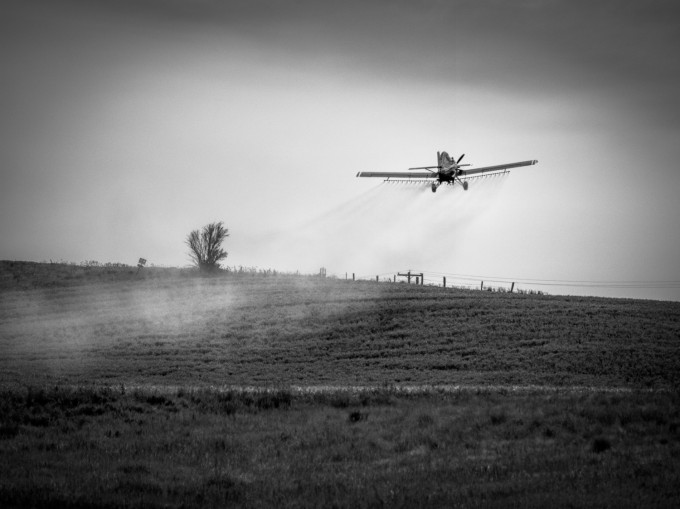
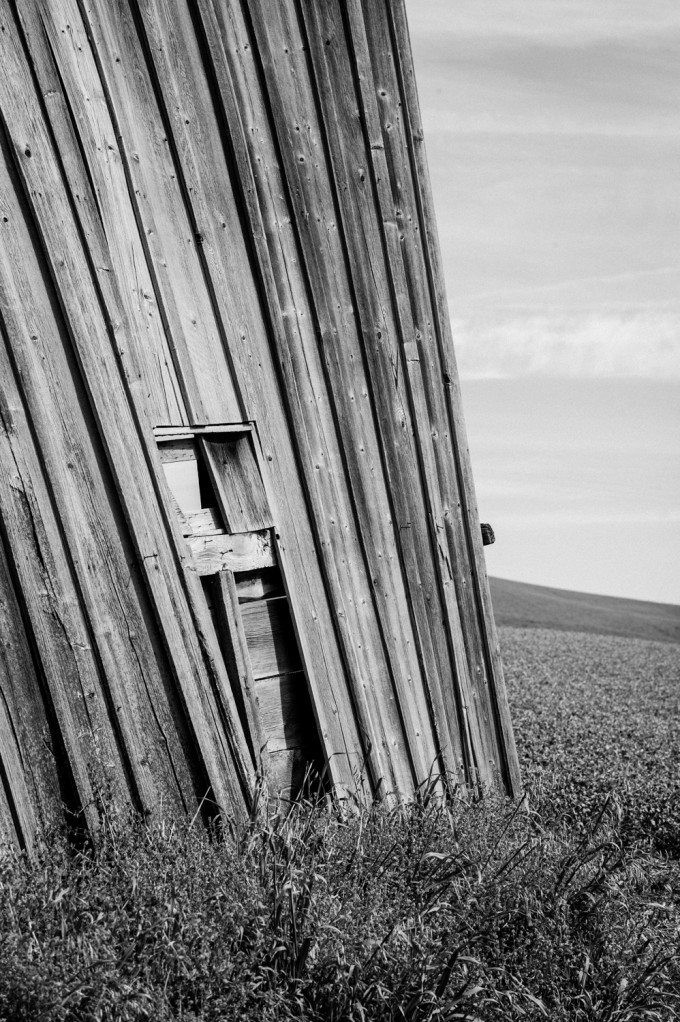

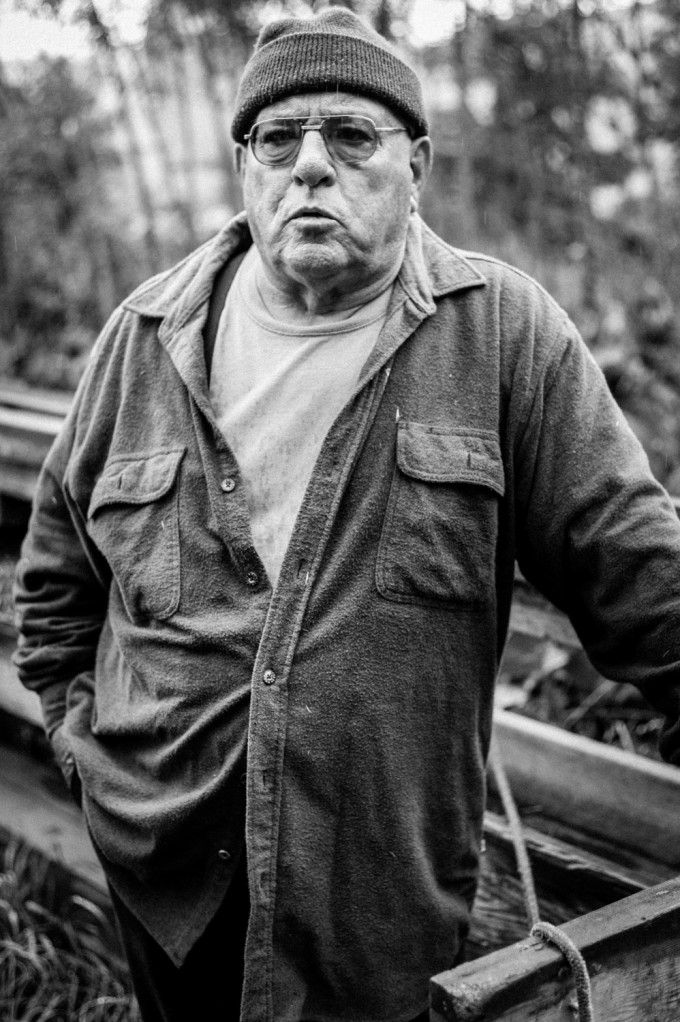
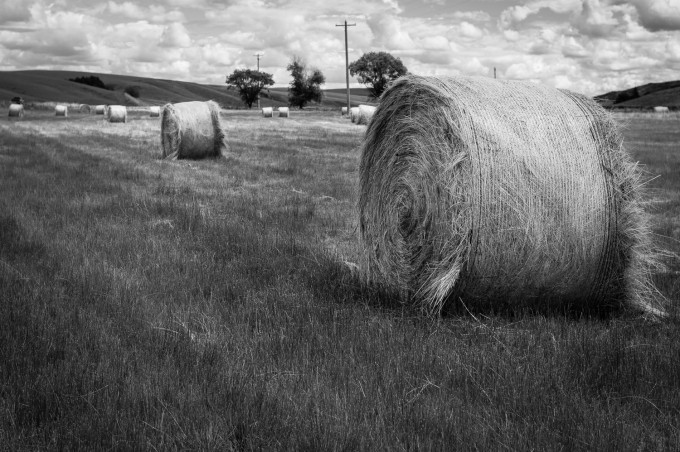


Wonderful experience, and a great incentive to try my hand at some B&W. Though I don’t own a Leica (I basically use M43 – Olympus E-pl5 and Panasonic GX1, with a little Sony RX100 and Nikon Coolpix P7700 thrown in for good measure), I am sure I’ll see your influence in my photos in course of time. Thanks for sharing your amazing results (the hard work behind them is self evident) with all of us here.
Someday I hope to post a few of my E-pl5 landscapes here — if Steve and Brandon will accept them !
Subroto Mukerji, New Delhi, India
The images of Don Kirby in his book Wheat Country are a good reference for the area. Worth looking at and show why the 4×5 is still a solid tool for creativity.
Great photos Ashwin, My favorites are the car and the fence. If people could only see the fine details this camera captures it’s mind blowing. But I like seeing the Palouse in color with Velvia 50. Each time I get a roll back it astounds me. Ry
Absolutely beautiful Ashwin. Great compos, awesome PP too. (I must go there one day ;>)
Thanks so much, Bob! I seem to remember a recent trip out there with a certain Bob T?!? 😉
Ashwin; outstanding as ever, I’d love to learn how to ‘see’ as you do.
Interestingly I looked back at your color images from Palouse (Chasing Light in The Palouse with the Pentax 645D) and I have to say that the B&W images are for me far, far superior. Well done, and thanks for sharing your inspirational work…….
Thanks, Peter. I think seeing in BW only has forced me to change how I see the scene, and I hope to take the lessons learned back to color when the time is right. For now, I love the MM and the journey that I am on. Thanks for taking a look at my images and comparing. It’s insightful and a good system check for my own progress.
Stunning!!! Love the windmills – the contrast of 21st Century technology on the 19th Century vista!!! Superb as always Ashwin. You’re also right about the MM – there’s something about it that just captivates the imagination.
Very nice Ashwin. Seen some of these I’ve already seen and always great to see again.
BTW whats your favourite of these images?
Hi Ashwin,
Another great post with some great pictures. I have been an avid follower of your posts on Steve Huff’s site. I see a big change in your post-processing style. It seems that you have moved from a more dramatic, slightly higher contrast style to a more mellow, low-contrast, smoother style. Is it due to the cameras?
Cheers,
Mo
Hi Mo, It’s definitely the cameras in part, but also my own journey as a photographer to find differnet looks. I find that with BW, I look more for subtle tonality, and with color, I enjoy the drama and contrast more…the MM is definitely a huge factor here…
Wow! Awesome! You are an inspiration.
Thanks Mojokielbasa! Love the handle too 🙂
Superb series Ashwin!!! thank you for sharing your amazing experience.
Great to see you here, Charles, and thank you, my friend. I need to get to Oz to shoot with you someday!
wow , a simply stunning set of images …. thanks
Don’t know what happened to my comment! Appeared around no.12 yesterday, I think. I just wanted to add to the chorus of praise and delight by saying I sat back with the feeling: If that’s what you can get with monochrome, who needs colour ? ! Really inspirational. Thankyou.
THanks for commenting twice, John, and it’s greatly appreciated. I agree…color is over-rated LOL…
What a great set of photo’s Ashwin! Thank you so much for sharing. I really enjoyed your post (returned 3 times;), pictures and words.
Regards, Jeffrey
Thanks so much, Jeffrey, for taking 3 looks. It means a lot to me that people enjoy this work, and I hope to compell others in seaking their own versions!
Can`t say further……Awesome!!!!someday for sure i will visit Palouse….btw where is Palouse? LOL.Please advice me when is the good time to go? Wish to step my feet into America’s soil…..someday…….
The Palouse is a region in the south eastern area of Washington state. The best times for seeing the Palouse with rolling greens is the last 2 weeks of May through the first three weeks of June. Harvest usually begins the first week of August. And lasts into September. July is filled with varying colors of green to golden wheat depending on when it was planted. Wild flowers first appear in Mid April and last till July. The most colorful lupines and balsam root bloom in mid May. June has wild poppies and geraniums. In fall the fields are mostly brown from the freshly tilled soil with some wheat starts showing from the winter wheat being planted. In winter the hills can have a foot or more of snow covering them. Looking similar to white sand New Mexico. Travel is limited to paved roads and some gravel roads that get plowed. In winter the temperatures can reach -10’F and 105’F in summer. Both extreme temperatures only last for a week or two. Be prepared for windy conditions at times. A sturdy tripod is a must when shooting sunrises and sunsets. Polarizers can save the day if it’s hazy. Ry
Thanks, Ry. For those of you who don’t know, Ryan McGinty is the guy to show you the Palouse in all of its glory. I captured the images, but Ryan was the inspiration and found all of these places…..
Thanks McGinty! will copy to my note!!!the place must visit!
Bravo Ashwin, you got some real beautiful photos !
These are really, really nice. Thanks for sharing.
It is also interesting to see that I failed miserably at identifying the camera behind each photo. What software is behind the grain in some of the Leica shots?
BEAUTIFUL!!!!!!!!
Landscape photography and portraits at their finest. Its images like these which make photography such a pleasure to observe and to participate in. I am hoping to visit the magical Palouse in late 2014 or early 2015 and might even have an MM by then 🙂
Matt
Matt
beautiful work , man.
Blown away! Awesomely beautiful, not only in capturing images, but the soul of the place you photographed. Incredible shots; thanks so much for sharing!
Not having a monochrome digital camera, when I choose to concentrate on B&W photography in the field, I set my digital camera to B&W JPEG&RAW. That way, I get an idea of what the image looks like in B&W on the LCD or EVF and I can tune my B&W conversion from the RAW file when I get back to the computer.
Great article and inspiring photos! I especially love the second one! Thanks a lot for sharing, Ashwin!
Thanks again, Bernhard. Very kind of you to look and take the time to comment!
Great article and inspiring photos! I especially love the second one! Thanks a lot for sharing, Alwin!
There really is nothing quite like black and white. I often set my camera to BW without a second thought. Doing that forces you to look for tonality and texture. Thanks for sharing these outstanding photos!
Totally see it your way, Stephen. BW has seduced me and it’s hard to go back at times to color…
Wonderful photos, Ashwin, they really came out nice! Love the composition, the rendering, yes, the feeling of ages long past.
Thanks, Vegard. It’s my goal to invoke a sense of nostalgia, as this was how I felt while seeing this wonderful place!
Lovely images
Thanks, Danny!
As always Ashwin, great read and wonderful pictures!
Thanks, Gage!
Wow on all of the images, Ashwin. But then fence with the tree? OMG. One of those shots that makes me wish I could take one that good someday. Great stuff.
Thanks so much, Donald! The Tree-Fence image was my favorite as well. I am thrilled that you picked that one!
I agree that any camera can be used for b&w. I have gone one step further with my new Fujis (X100S & X-E1). I have the camera set up for RAW only but set film simulation to B&W (either the green or red filter). This way the EVF displays a b&w image. For me, this just works.
Its a good way to approach BW, Rich, and a nice way to shoot and see things in BW along the way. ALl the best, and enjoy that X100S!
Beautiful photos Ashwin!
Thanks, Jaap!
Absolutely inspiring articel and really impressive pictures! Thank you, Ashwin!
Thanks, Bernhard
Whaou, Ashwin, these pictures are so beautiful !!
Congratulations and thank you to take the time to share
Always a pleasure to share here, Jean-Paul. I very much enjoy sharing with the community here.
Excellent set. mesmerizing patterns and composition
What a pleasure!
Thanks, Simon!
Truly spectacular. Both the place and the images that you captured. It is somewhere that is surely on every photographers wishlist.
Thanks, Calvin.
Beautiful!
Thanks, Oleg!
Every photo has a rich, velvety soft feel. While the rest of the world is going to hell in a handbasket, Palouse gently ages like a fine wine.
Thanks, David. It is a timeless place…
Beautiful series. Yes, the 645D is a classic!
Thanks, David! The 645D rocks…it really produces great files, and the lenses are reasonably affordable, render beautifully, etc, etc…can’t say enough about it, other than it’s minor limitations (slower write speeds, and not the best high ISO performance)….but woah, otherwise, it’s really something…